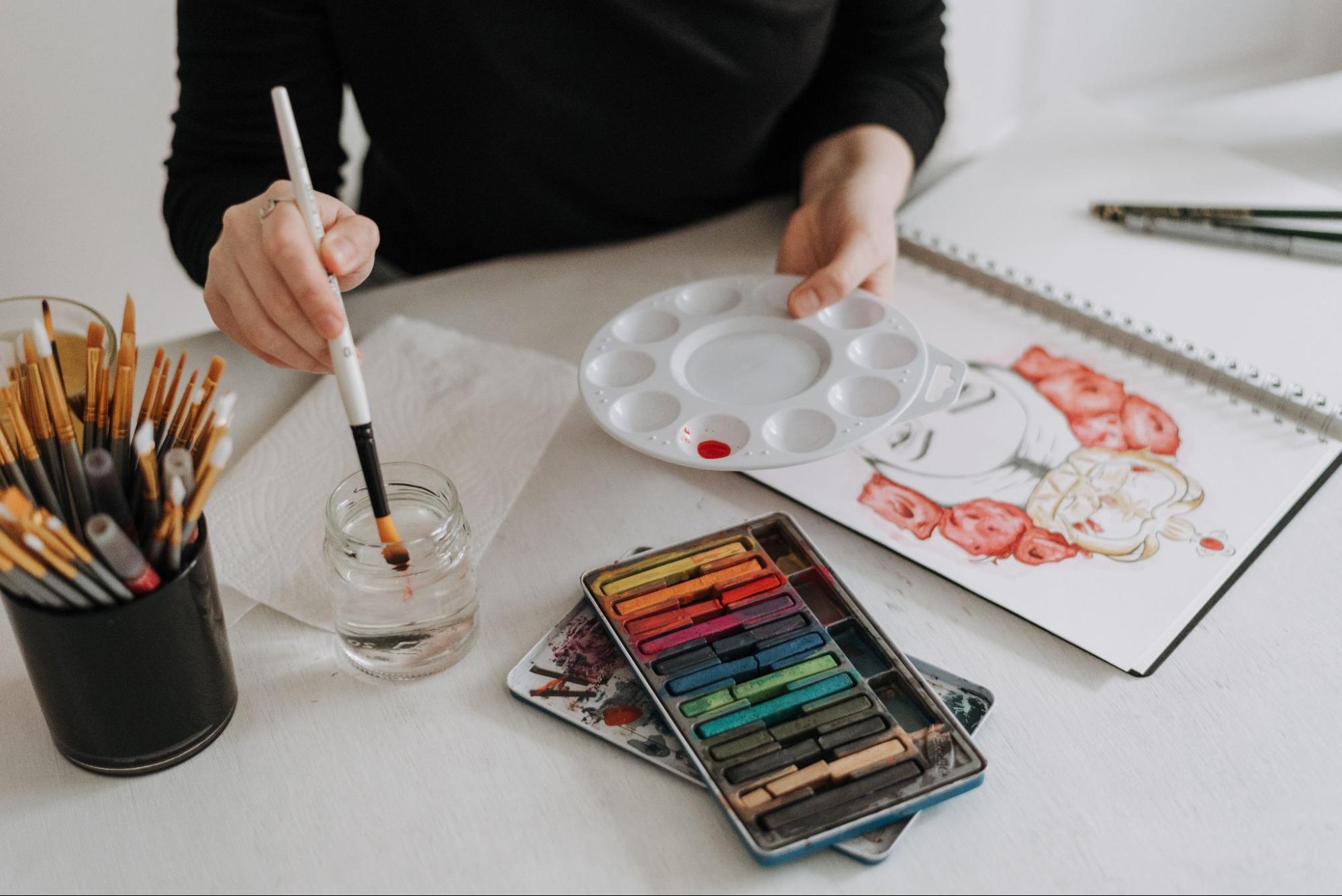Table of Contents
ToggleHow to Rasterize Text in Illustrator
If you’ve ever wondered, “What is rasterization and how to rasterize text in Illustrator?”, then you’re not alone. This topic can be a bit tricky, but once you get the hang of it, it’s actually quite straightforward and incredibly useful.
When we talk about rasterization, we’re referring to the process where vector graphics are converted into a grid of pixels or dots for display on computer screens, printouts, etc. It’s a key process that helps create smooth and detailed images from mathematical shapes.
Now when it comes to Adobe Illustrator – a popular vector graphics editor – many users often ask how they can rasterize their text within this platform. The answer? It’s rather simple! I’ll guide you through the steps needed to transform your sharp-edged text into pixel-perfect artwork in no time.
Understanding Rasterization: A Basic Overview
First off, let’s demystify what rasterization is. Essentially, it’s a process that converts vector graphics—images defined by shapes and mathematical equations—into raster images, otherwise known as bitmap images. Bitmap images are made up of pixels, each carrying specific color information.
Why would you want to do this? Well, one major reason is compatibility. While vector graphics shine in scalability (you can resize them without losing quality), not all systems can handle their complexity. This is where rasterization comes into play—a technique that transforms those intricate vectors into simpler, pixel-based representations.
But how does the magic happen? It’s all about sampling; each point within the vector graphic gets sampled for its color properties and then transformed into a matching pixel on the raster image. This process can be done in various ways depending on the algorithm used but generally follows this key principle.
Now let’s talk about Illustrator—the popular Adobe tool beloved by graphic designers worldwide—and its role in rasterizing text. Though Illustrator creates beautiful vectors for text and other elements, there might be times when you need your text rasterized—for instance when working with certain effects or exporting to formats that only support bitmaps.
Rasterizing your text in Illustrator isn’t rocket science either! You’ll just select your text object(s), go to Object > Rasterize… Then simply choose your settings such as resolution and anti-aliasing mode among others according to your needs and hit OK. Voila! Your vector-based text has now been converted into a pixel-based image while still inside Illustrator!
So there you have it! That was the basic overview of what rasterization is and how to do it with text in Illustrator.

Differences Between Vector and Raster Graphics
To understand rasterization, let’s first dive into the heart of computer graphics: vectors and rasters. These two forms are like the yin and yang of digital art, each with its own unique strengths and weaknesses.
Vector graphics are built from mathematical equations. Each line, curve or shape is calculated using points in a coordinate system. It’s this math-based approach that gives vector graphics their greatest strength: scalability. You can resize them infinitely without losing any quality. In Adobe Illustrator, for instance, text is often kept as vector format until the final stages to ensure sharpness at all sizes.
On the opposite side of the spectrum lie raster graphics. Unlike vectors which are mathematically driven, rasters are pixel-based. Think of a photograph or an intricate painting – these would be raster images because they need those tiny pixels to capture all their detail. The downside? When you try to enlarge a raster image beyond its original size, it becomes blurry as each pixel gets larger.
So why even bother with rasterization if vectors are so scalable? Well, not everything works well as vector art – think textures or complex gradients – and sometimes rasters just offer better visual results for certain types of artwork.
When we talk about rasterizing text in Illustrator (a typically vector-based program), we’re essentially converting it from a scalable equation into fixed pixels. This allows for more nuanced details and effects that might not translate well in pure vector form.
Here’s how these two graphic types stack up:
| Vector Graphics | Raster Graphics | |
| Basis | Mathematical equations | Pixels |
| Scalability | Infinite without loss of quality | Limited; blurs when enlarged |
| Best Used For | Texts; logos; illustrations; anything that requires resizing often | Photographs; detailed artworks; elements requiring complex textures |
In summary,
- Vector graphics = scalability, perfect for texts and logos in Illustrator
- Raster graphics = detail, great for photographs and intricate artworks
- Rasterizing text in Illustrator = converting from vector to raster form, allowing more detailed effects.






